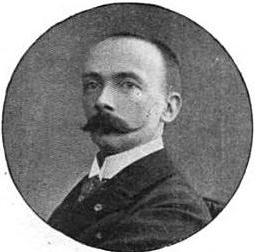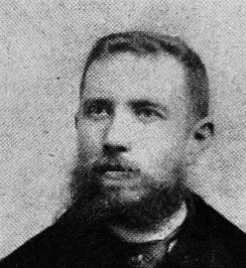
Roland Émile Mousnier was a French historian of the early modern period in France and of the comparative studies of different civilizations.

René Grousset was a French historian who was curator of both the Cernuschi Museum and the Guimet Museum in Paris and a member of the prestigious Académie française. He wrote several major works on Asiatic and Oriental civilizations, with his two most important works being Histoire des croisades et du royaume franc de Jérusalem (1934–1936) and The Empire of the Steppes: A History of Central Asia (1939), both of which were considered standard references on the subject.
Henri-Jean Martin was a leading authority on the history of the book in Europe, and an expert on the history of writing and printing. He was a leader in efforts to promote libraries in France, and the history of libraries and printing.

Marc Fumaroli was a French historian and essayist who was widely respected as an advocate for French literature and culture. While born in Marseille, Fumaroli grew up in the Moroccan city of Fez, and served in the French army during the Algerian War.
Pierre Milza was a French historian. His work focused mainly on the history of Italy, the history of Italian immigration to France and the history of fascism, of which he was a recognized specialist.
Dominique Varry is a French historian of books and professor at École nationale supérieure des sciences de l'information et des bibliothèques, part of the University of Lyon.
The Prix Guizot is an annual prize of the Académie Française, which has been awarded in the field of history since 1994 by Fondations Guizot, Chodron de Courcel, Yvan Loiseau and Eugène Piccard.
Bruno Laurioux is a French medievalist historian born in 1959 in Loudun.
Robert Muchembled is a French historian. In 1967, he passed the Agrégation in history. In 1985 he was awarded a doctorate for his thesis on attitudes to violence and society in Artois between 1440 and 1600. In 1986 he became Professor of Modern History at Paris 13 University. He has written notably about witchcraft, violence and sexuality. Some of his works have been translated into English, German, Spanish, Italian, German, Dutch, Croatian, Modern Greek, Turkish, Chinese, Japanese, Polish and Portuguese.

Gustave Saige (1838–1905) was a French archivist. He was the archivist of the Prince's Palace of Monaco from 1881 to 1905.

Émile Molinier was a 19th-century French curator and art historian.
Jean-Philippe Genet is a French medievalist, specialist of England.

Yves-Marie Bercé, is a French historian known for his work on popular revolts of the modern era. He is a member of the Institut de France.
Amédée Henri Gustave Noël Gastoué was a French musicologist and composer.

Mathieu da Vinha is a 21st-century French historian. He is the author of several studies or biographies relating to life under the reign of king Louis XIV. A research associate, he is the scientific director of the Palace of Versailles Research Centre.

Victor Leopold Jacques Louis Brants (1856–1917) was a Belgian economic and social historian, professor at the Catholic University of Leuven.

Jeanne Harvilliers, was a French alleged witch, known as sorcière de Ribemont or la sorcière de Verberie. She was executed for sorcery by burning in Ribemont. Jean Bodin presided at her trial and used her case as a reference case in his famous book about witch hunting, De la démonomanie des sorciers (1580).
Jean Bérenger is a French historian, director of research at the CNRS, professor at the Faculty of History of the University of Strasbourg and, starting from 1990, at the University of Paris-Sorbonne.
Michel Rouche was a French historian and academic. He specialized in the history of Gaul during the Roman Empire and in the Middle Ages.
Toussaint le Juge was a French man who was executed for witchcraft.









